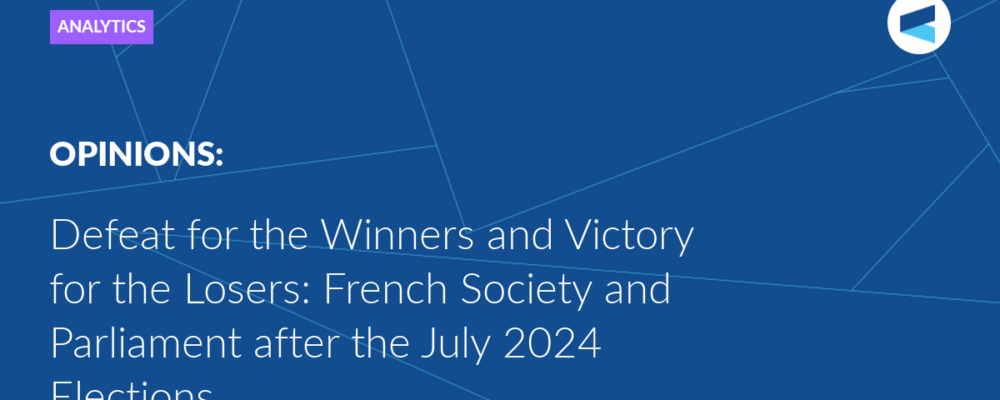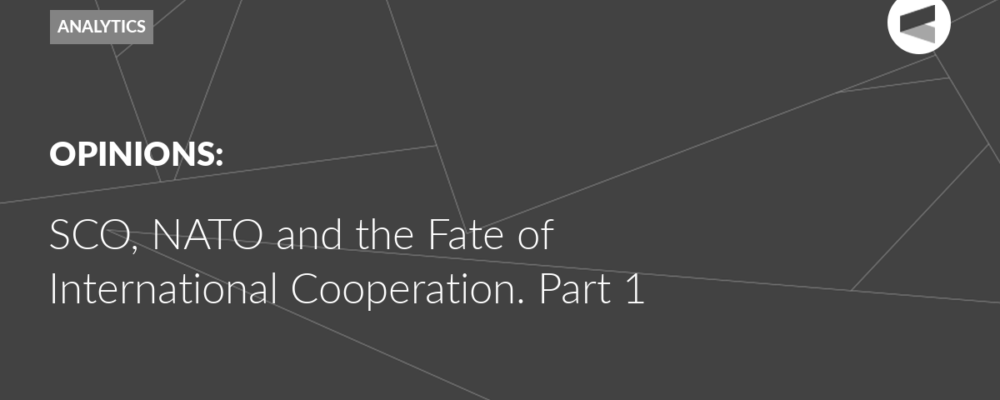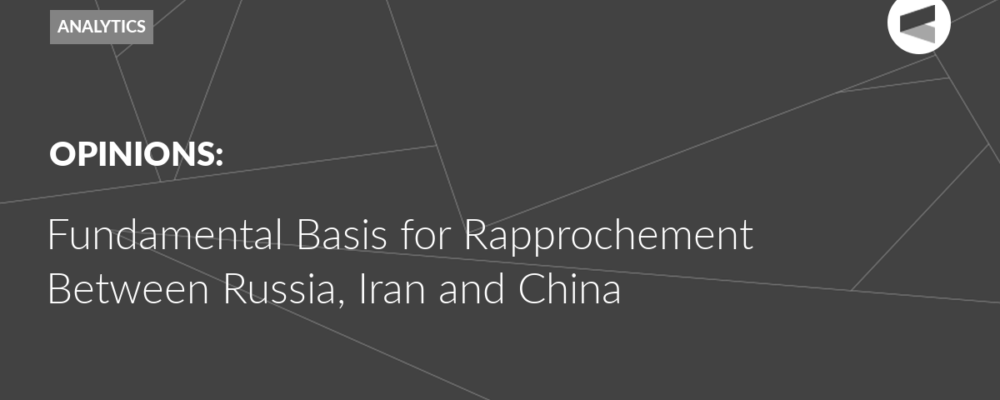On April 24, 2024, the Valdai Club held an expert discussion about the problems and challenges which affect strategic stability. Moderator Oleg Barabanov called this topic extremely relevant, pointing out that, in addition to the global aspect associated with Russian-American relations, it has begun to acquire a regional dimension. He also emphasised that now, strategic stability both in the media and in expert circles is being interpreted more and more broadly, in the context of not only nuclear issues, but also geopolitical stability.
Dmitry Trenin, Research Professor at the Higher School of Economics, argued that during the mature Cold War, strategic stability came down to the question of how to disincentivise a nuclear first strike. The world as a whole was stable, crises in most cases did not affect the vital interests of the USA and the USSR. Now the situation has changed. Strategic stability in the old sense has been reduced to a technical aspect – preventing the accidental outbreak of nuclear war. In addition, the nuclear world has now become multipolar, and strategic stability now needs to be viewed on a global scale, and not as an element of solely Russian-American relations. In addition, new weapons make it possible to solve strategic problems without the use of nuclear weapons. Trenin also believes that the current conflicts in Ukraine and the Middle East require an adjustment of ideas about strategic stability and deterrence. He considers it necessary for Russia to lay the foundations of a new world order, which will exclude the hegemony of any power and the use of force, together with the countries of the SCO, which includes four nuclear powers.
Naeem Salik, Executive Director of the Strategic Vision Institute (Pakistan), considers as important factors the emergence of regional hotbeds of potential conflicts involving nuclear weapons and the collapse of the European security order that emerged after World War II, implying the disappearance of the buffer between NATO and Russia. This, along with the emergence of strategic non-nuclear weapons, the use of which carries no taboos, is creating chaos and confusion. Instruments which were introduced to maintain stability during the Cold War are ending, new coalitions are emerging, and countries are talking about developing their own nuclear capabilities. Salik believes that the consequences of all this are extremely worrying. He noted that returning to a safe world may be extremely difficult. In these conditions, a broad dialogue between countries with a similar understanding of the situation is necessary, he is convinced.
“Nuclear weapons, by their physical nature, are a weapon of escalation,” emphasized Ivan Safranchuk, Director, Leading Researcher at the Centre for Euro-Asian Studies, IMI MGIMO, Ministry of Foreign Affairs of Russia. During war, its use means a transition to an even more destructive confrontation. At the same time, the concepts emerging around nuclear weapons, in particular the concept of strategic stability, are, in essence, de-escalating in nature. Moreover, these concepts were initially based on the understanding of the need – in order to avoid nuclear war – to avoid major non-nuclear conflicts that could become a trigger for the use of nuclear weapons. However, in recent decades, the United States has greatly expanded the concept of an acceptable level of pre-nuclear competition with a military component. Now Russia faces the difficult task of returning nuclear deterrence to the pre-nuclear conflict as well. Safranchuk identified the participation of external players, primarily the United States, in regional conflicts as the key escalating element opposite to this trend. This makes it difficult to achieve a regional balance of power. This leads to the impossibility of achieving arms control in a regional context.
Almas Haider Naqvi, Foreign Intern at the Faculty of World Politics at Moscow State University, outlined the situation with strategic stability in South Asia. He noted that if Pakistan perceives itself as a country opposing India, then India sees the need to confront both Pakistan and China. This state of affairs creates a kind of “strategic trilemma” – a situation that is extremely difficult from the point of view of strategic stability. In addition, China, seeing itself as a competitor to the United States, is taking the problem to a new, extra-regional level. This example shows that strategic stability is not static, just as international politics is not static. When someone tries to achieve strategic security, other states perceive his actions as a threat – and a continuous cycle ensues.
Dmitry Stefanovich, Researcher at the Centre for International Security at IMEMO RAS, pointed out a terminological problem associated with the understanding of strategic stability. This expression is used in a variety of contexts, often as a synonym for international security. Stefanovich proposed to interpret it as a state of relations between two or more states, excluding a massive armed conflict, nuclear or non-nuclear. Strategic stability in this sense is directly related to nuclear deterrence. At the same time, to make deterrence work, arms control is necessary to ensure a certain level of predictability and transparency. This makes it possible to prevent either enemy superiority or an arms race. Speaking about different approaches to strategic stability and deterrence in a multipolar environment, Stefanovich noted that the Shanghai Cooperation Organisation could be a good platform for discussing this topic.
The Valdai Discussion Club was established in 2004. It is named after Lake Valdai, which is located close to Veliky Novgorod, where the Club’s first meeting took place.
Please visit the firm link to site






